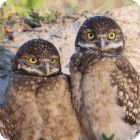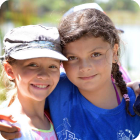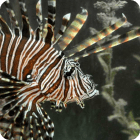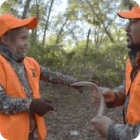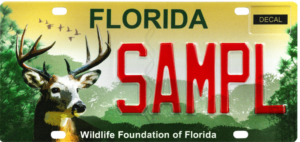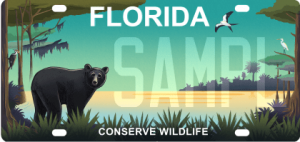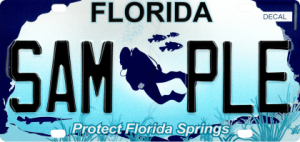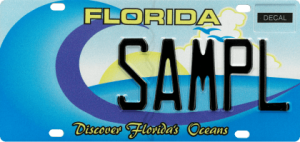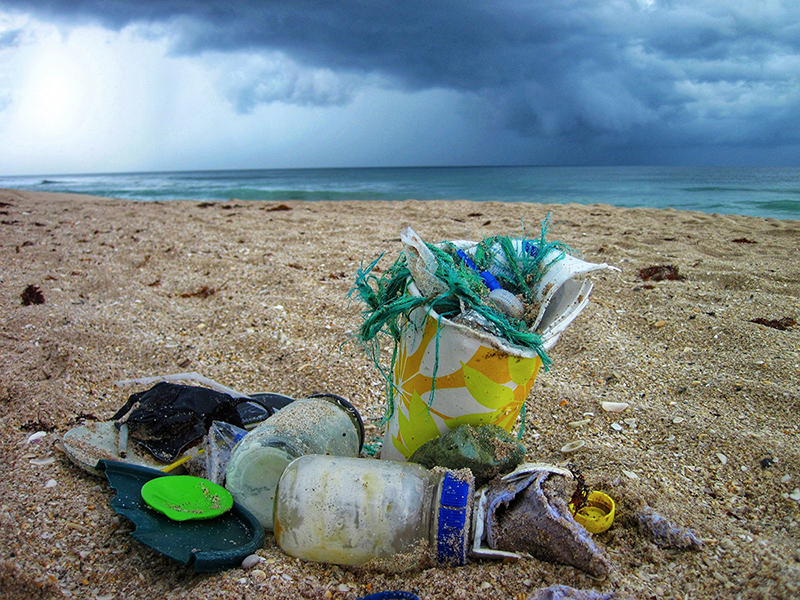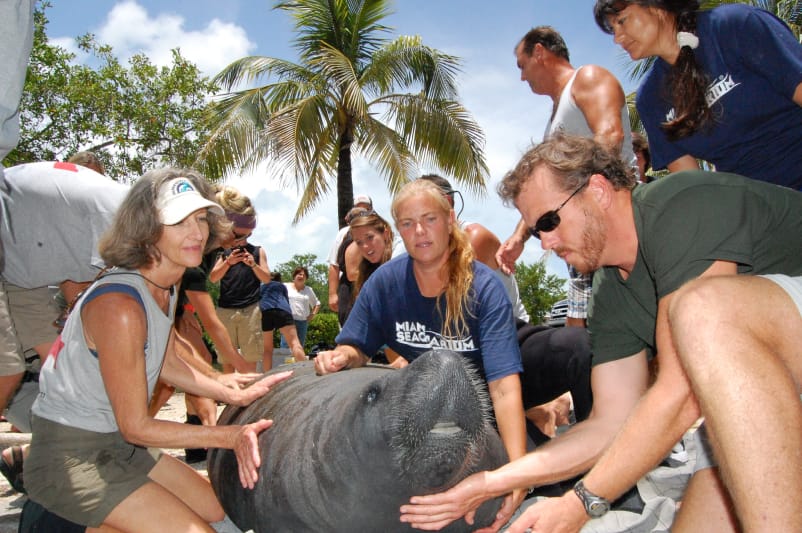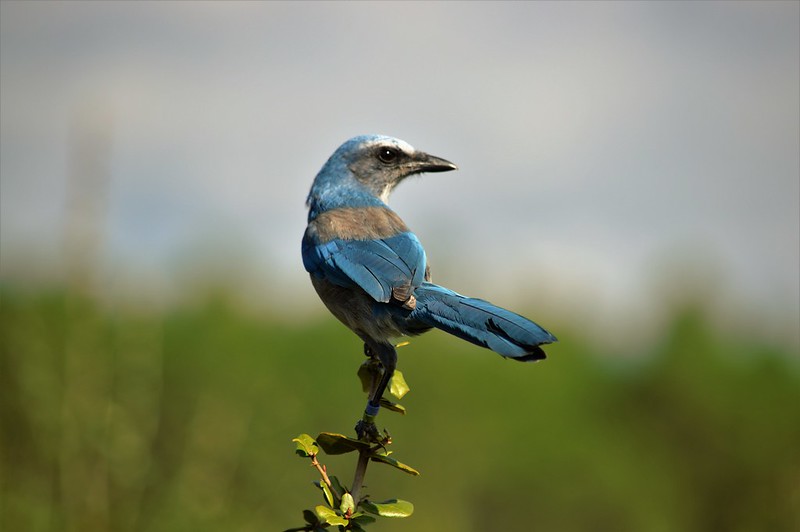
By: Kyle Grammatica
Florida is home to a number of unique ecosystems that contain elusive plants and animals. Allen David Broussard Catfish Creek Preserve State Park is one prime example. The 8,000 acre park sits atop the ancient Lake Wales Ridge and features Florida’s increasingly rare scrub and sandhill habitats. The park provides critical habitat for beloved species like the Florida scrub jay and gopher tortoise.
Allen David Broussard Catfish Creek Preserve State Park was declared a state park in December 1991. The park is located on the eastern edge of a topographic feature called the Lake Wales Ridge, the highest and oldest ridge in Florida. The 100 mile ridge started forming millions of years ago as a result of changing sea levels; the sandy dunes of Catfish Creek were once islands in the ancient sea that covered Florida. Catfish Creek and the surrounding area are full of sandy soil that allows rainwater to seep easily into the Florida aquifer, making it one of the most important recharge areas for the aquifer. However, rainwater does collect in some small ponds, colloquially called tub-hills.
The dry habitats of the Lake Wales Ridge host a variety of unique plants and animals that adapted to the region and are found nowhere else in the world. The scrub and sandhill habitats found in Catfish Creek Preserve are pyrogenic, meaning they are adapted to fire. Natural wildfires have always occurred in Florida, and the species that live here have adapted to their presence.
Scrub Jays
The scrub jay is Florida’s only endemic bird, meaning that it is only found in Florida. It lives in Florida’s sandy scrub habitats, making Catfish Creek Preserve State Park an important sanctuary for the species. Wildfires are essential to the survival of the scrub jay. The fires keep plants at the ideal height and density to provide the scrub jay with food. The scrub jay’s diet consists of acorns, insects, frogs, lizards, and mice. Scrub jays use the same nest each year, laying 2-5 eggs. Young birds stay with their families for 1-2 years to help raise and defend their younger siblings. They are listed as a threatened species, with loss of habitat as the main reason for their decline. Vehicle strikes also pose a threat, as the rate at which breeding birds die exceeds the rate at which young birds are hatched. Current wild population estimates are 7,700 to 9,300 scrub jays.
Our state is a natural paradise, home to some of the most incredible animals and ecosystems in the world. We work to ensure that Florida’s treasured wildlife is preserved for generations to come. To support our efforts, please donate here.
